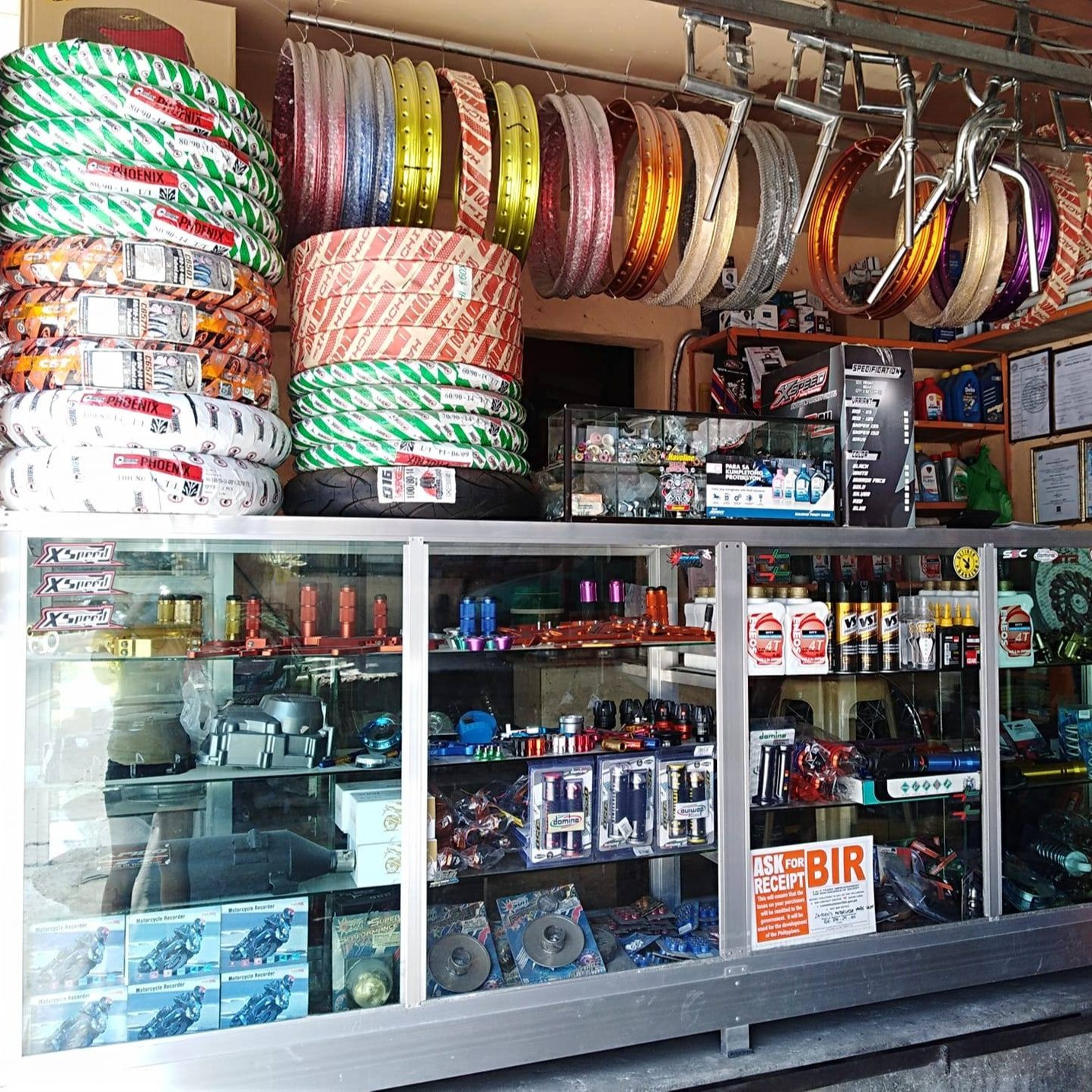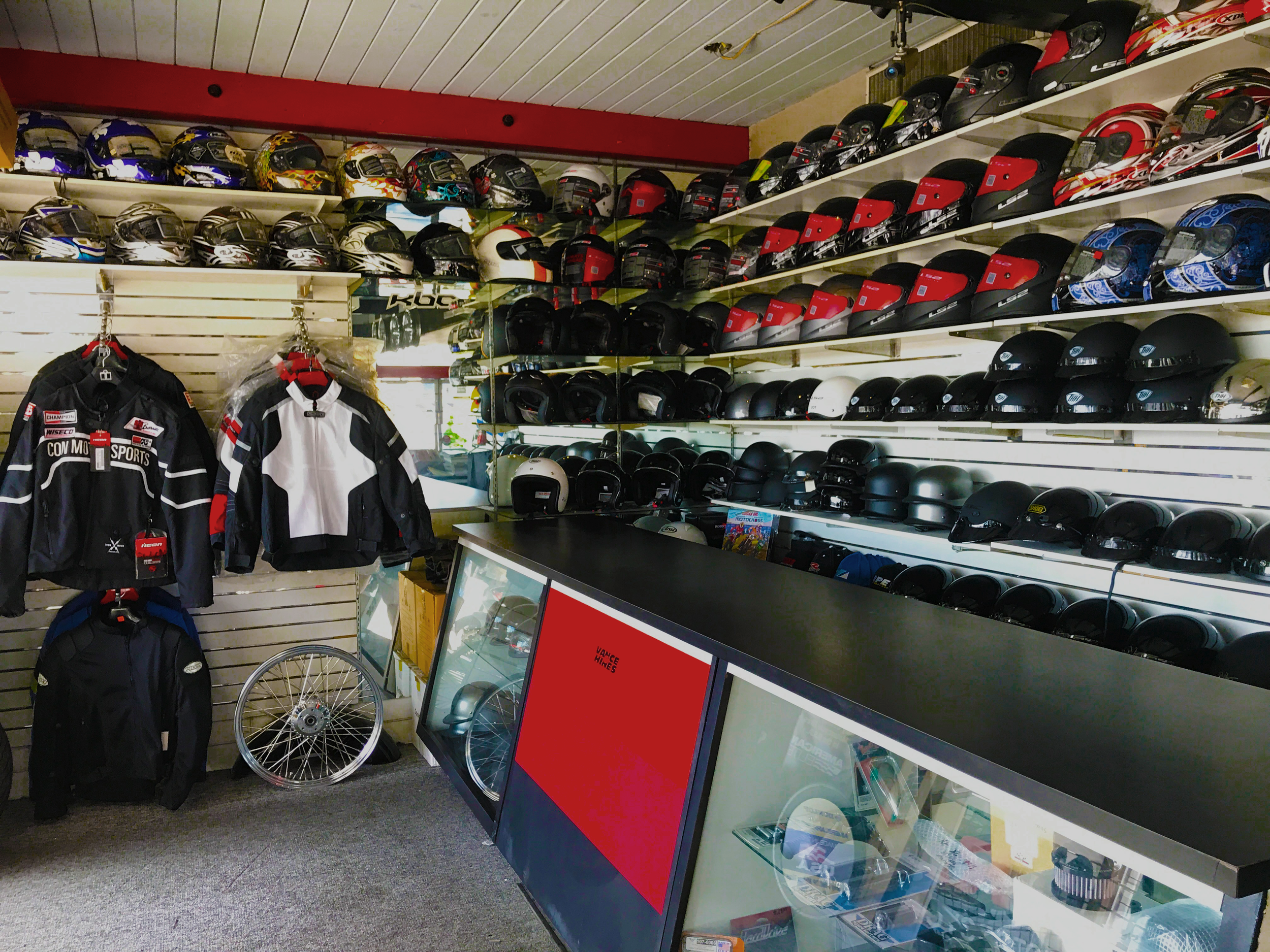Understanding the Necessary Parts of a Motorcycle: A Comprehensive Guide for Fanatics
For motorcycle enthusiasts looking to elevate their riding experience and guarantee their bikes run efficiently, recognizing the necessary elements of a motorbike is extremely important. Each component, from the engine's elaborate operations to the critical duty of the stopping systems, not only impacts performance however also security and convenience. This overview will certainly go through the essential components that every biker should be familiar with, making it possible for informed choices in both maintenance and prospective upgrades. As we start this exploration, one must ask: exactly how does each component connect to produce the seamless ride every lover seeks?
Engine Elements

The camshaft plays a critical function in regulating the timing of the engine's valves, ensuring the exact opening and closing required for efficient fuel and air intake, in addition to exhaust expulsion. This timing is critical to preserving optimum engine performance and performance. Additionally, the carburetor or gas injection system, relying on the bike version, is in charge of blending air with fuel in the proper ratio for combustion.
The air conditioning system, either air or liquid-based, functions to preserve the engine's temperature within operational limitations, preventing getting too hot and making certain durability - motocross parts nz. Each element, carefully made and integrated, contributes to the seamless operation of the engine, specifying the motorbike's power outcome and total performance
Transmission System
Important to the bike's functionality, the transmission system guarantees efficient power transfer from the engine to the wheels. This system makes up numerous critical parts, consisting of the clutch, gearbox, and last drive, each playing an essential function in translating the engine's power right into movement. The clutch, commonly operated by a hand bar, serves to disengage the engine and engage from the transmission, enabling smooth gear modifications and regulated velocity.
The transmission, often described as the transmission proper, consists of a collection of gears that bikers can manually move via to adjust the bike's rate and torque output. These equipments are set up in a series that enables the motorbike to increase smoothly and keep optimal engine efficiency across various speeds. Most motorcycles utilize a sequential transmission, calling for the cyclist to change equipments in an established order.
Braking Devices
While understanding the transmission system is essential to taking advantage of a motorcycle's power, equally vital is the capability to manage and quit that power properly, which is where stopping systems enter into play. Brakes are important for security and efficiency, offering the cyclist with the needed control to browse numerous surfaces and conditions. Generally, motorcycles feature two sorts of braking systems: disc brakes and drum brakes.
Disc brakes are more prevalent in contemporary motorbikes due to their exceptional efficiency. This system offers much better warmth dissipation, regular efficiency, and improved quiting power, specifically in wet problems.
Conversely, drum brakes, though less typical, are still located in some motorcycles. They work by pushing brake shoes against the internal surface area of a drum connected to the wheel. While usually less effective in warmth dissipation and quiting power, drum brakes are simpler and much more affordable.
Comprehending these stopping systems' nuances permits riders to maintain their bikes effectively and appreciate the design that makes sure secure and reliable quiting.
Suspension and Steering
Suspension and steering systems are crucial components that substantially influence a bike's handling and trip convenience. The shock absorber, containing forks at the front and shock absorbers at the rear, soaks up road abnormalities, boosting stability and control. Front forks, commonly telescopic or inverted, compress and rebound to reduce influences, while back shock absorbers preserve tire call with the roadway, vital for grip and safety.
Steering, focused around the motorcycle tail bag handlebars, attaches the cyclist to the motorbike's directional control. The steering head bearings guarantee smooth operation, permitting precise ability to move. Proper positioning and upkeep of these bearings are essential for foreseeable guiding response and lowering biker fatigue.
The suspension's adjustability is one more vital aspect; preload, damping, and rebound setups enable personalization to suit various riding styles and conditions. This adaptability is necessary for optimizing performance, whether browsing metropolitan roads or taking on rugged tracks. Technologies like digital shock absorber you could check here use real-time modifications, boosting trip high quality across varied terrains.

Electrical Solutions
After ensuring a smooth and regulated ride with efficient suspension and steering systems, attention transforms to the electric systems, a crucial facet of modern-day motorcycles. These systems play an essential duty not just in beginning the engine however also in powering various components that enhance the performance and safety and security of the motorcycle.
At the heart of a bike's electrical system is the battery, which shops electric energy necessary for beginning the engine and powering supporting systems - motocross gear. The generator or generator, paired with the rectifier-regulator, guarantees the battery stays billed while the bike functions, converting power into electric energy and keeping voltage degrees
The ignition system, another vital part, is accountable for igniting the air-fuel mixture in the engine's cyndrical tubes. Modern motorbikes commonly use a digital ignition system, providing better efficiency and dependability compared to typical systems.
Lights systems, consisting of fronts lights, tail lights, and indicators, are additionally essential, making certain visibility and security for the advice rider. Additional electronic components such as sensors, control systems, and displays add to innovative features like gas shot monitoring, anti-lock stopping systems (ABDOMINAL), and electronic control panels, even more boosting the riding experience.
Conclusion
A detailed comprehension of a bike's important elements, consisting of the engine, transmission system, stopping systems, suspension, steering, and electrical systems, is essential for enthusiasts aiming to maximize safety and security, comfort, and efficiency. Proficiency of these aspects allows for informed decisions concerning upkeep and upgrades, inevitably boosting the riding experience. By incorporating this understanding, riders can guarantee their motorcycles run at peak efficiency and dependability, therefore optimizing both enjoyment and long life of their lorries.
For bike fanatics looking to raise their riding experience and guarantee their bikes run efficiently, comprehending the essential parts of a motorbike is critical.Indispensable to the bike's performance, the transmission system ensures efficient power transfer from the engine to the wheels.While comprehending the transmission system is vital to taking advantage of a motorcycle's power, similarly important is the capacity to regulate and quit that power properly, which is where stopping mechanisms come right into play. Commonly, motorbikes feature 2 types of stopping systems: disc brakes and drum brakes.
A detailed understanding of a motorcycle's essential parts, consisting of the engine, transmission system, stopping mechanisms, suspension, steering, and electric systems, is crucial for fanatics aiming to maximize performance, convenience, and safety and security.
Comments on “Discover the current Motocross Gear NZ for every single Level of Rider”